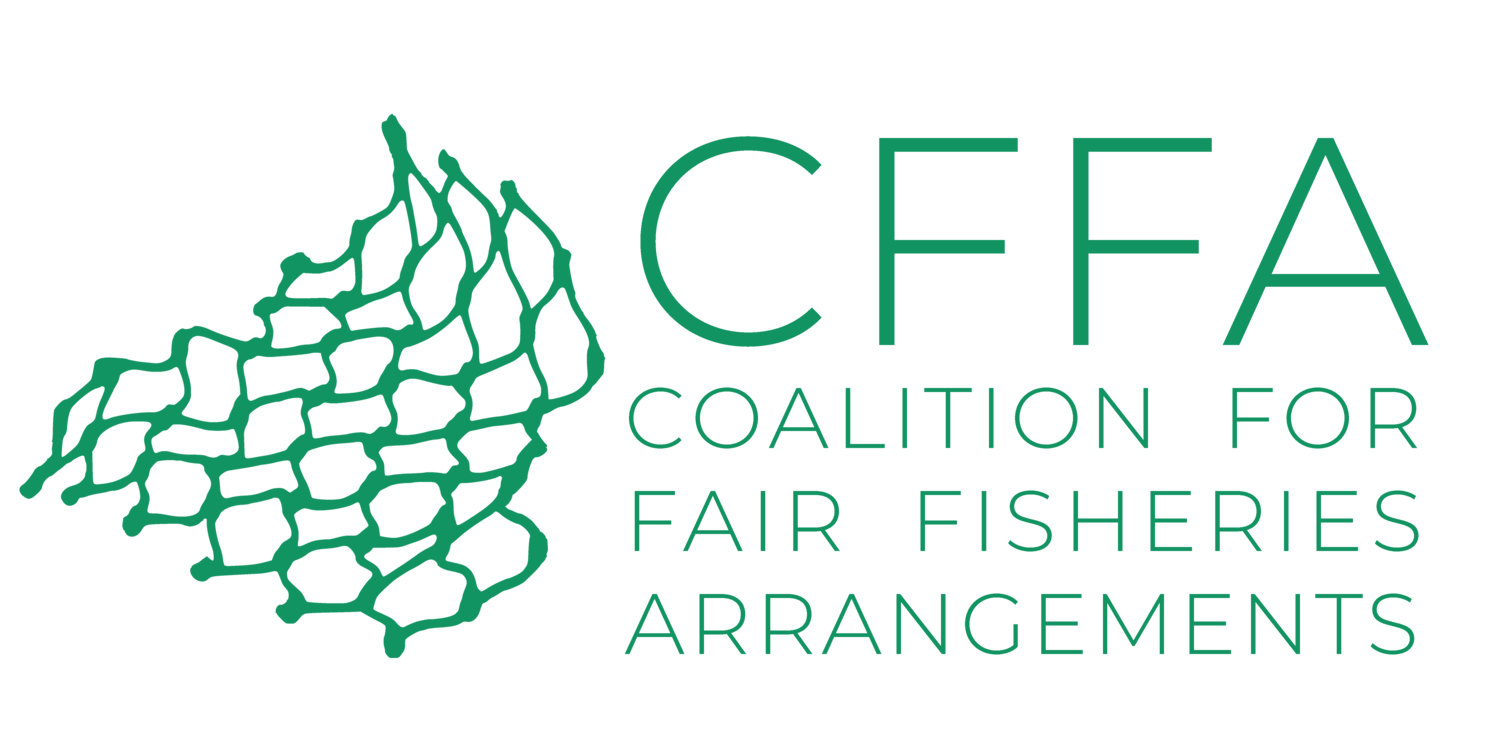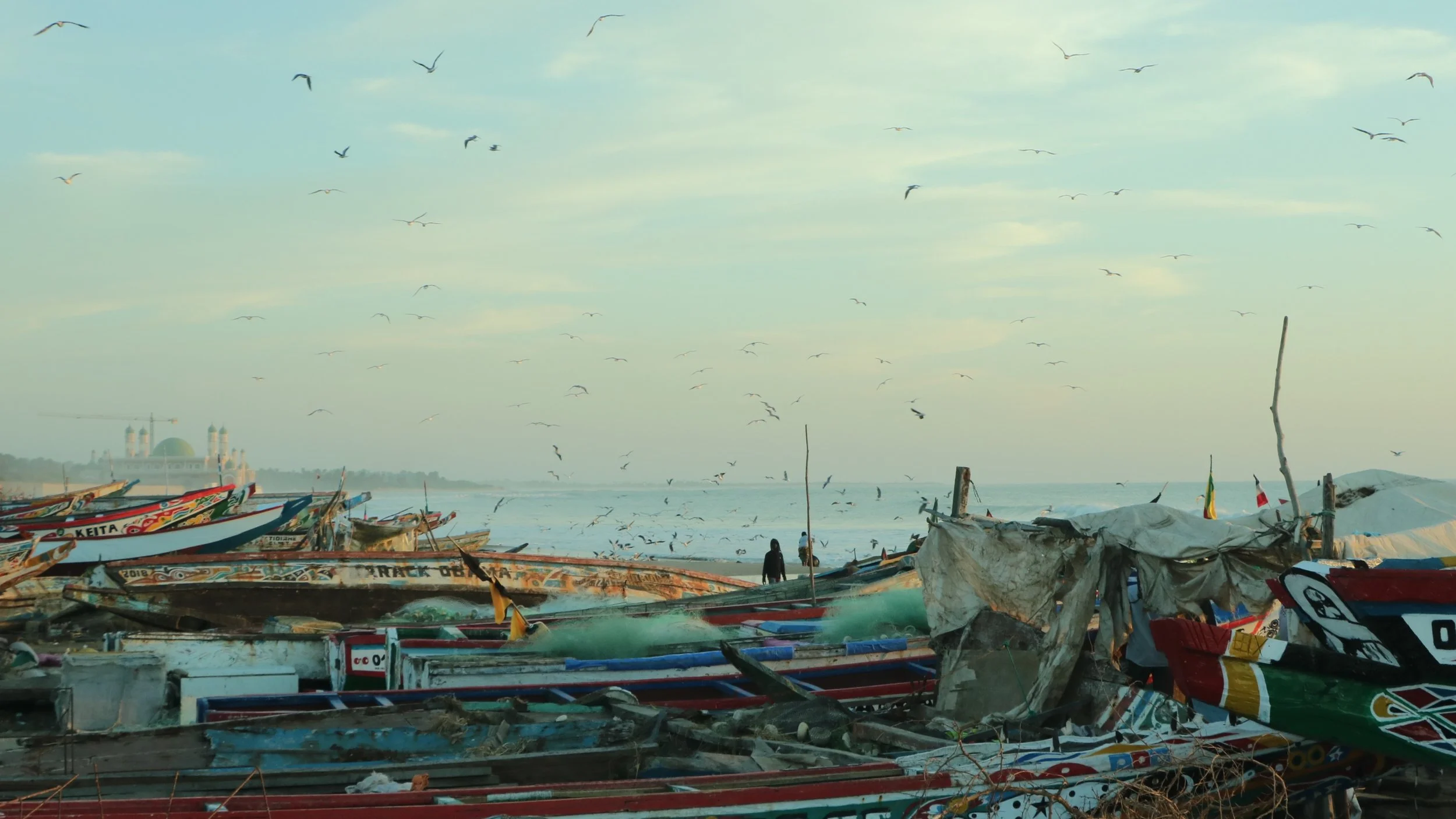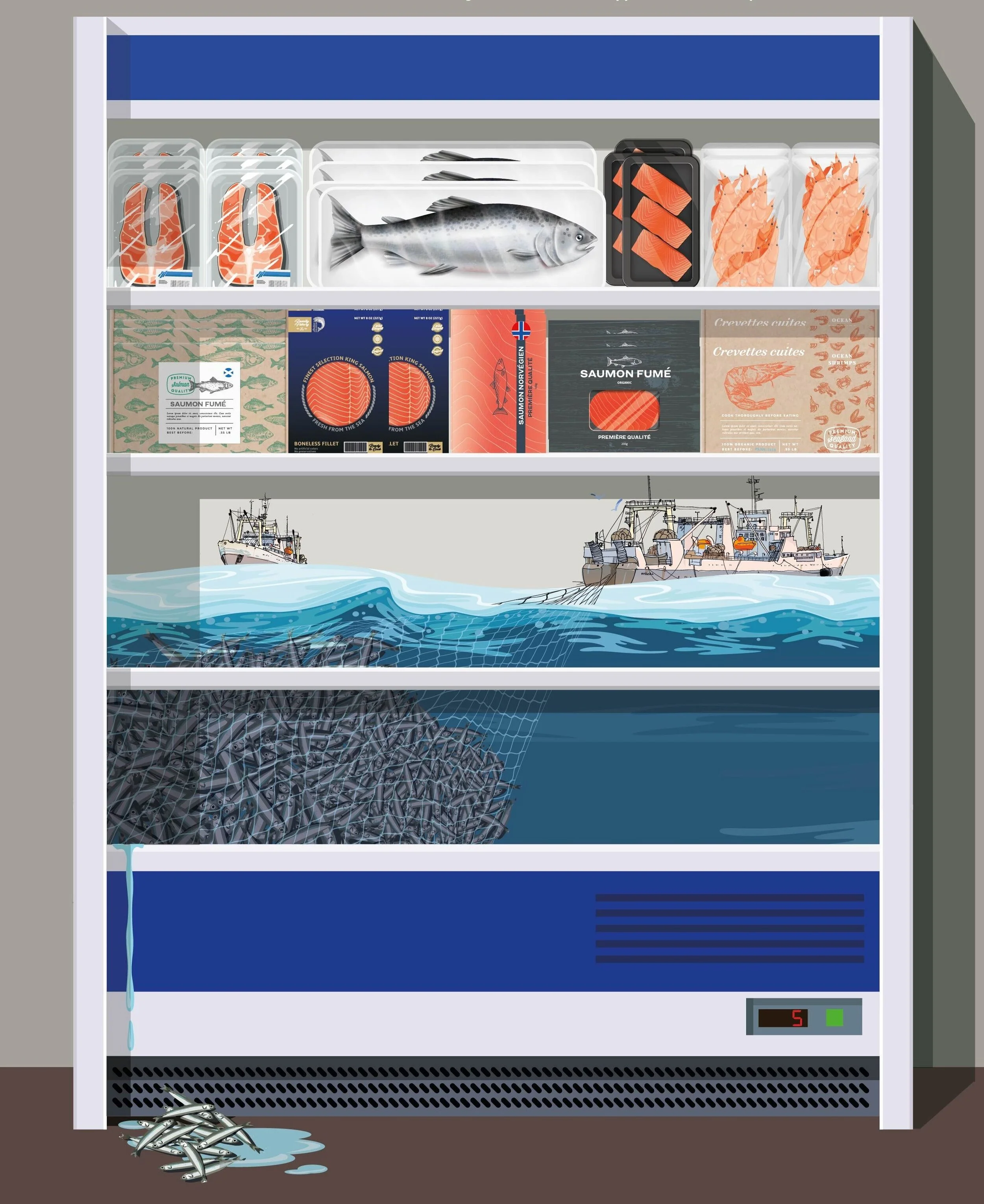In this article, the author looks at the opportunities dormant Sustainable Fisheries Partnership Agreements could bring if they were not simply considered as a pause. Taking the example of The Gambia dormant SFPA, she argues that since the framework agreement is still in place, it must be utilised for dialogue on science and sustainable fisheries between the two parties. Secondly, dormant agreements can also play a role in the broader regional network of SFPAs as they can help monitor and coordinate research across borders, offer a legal and diplomatic anchor for future negotiations or reactivation, and can be used to mobilize domestic reforms or attract donor support for governance improvements. Finally, the author recalls that local fishing communities’ needs are very much alive and that dormant agreements can continue fostering coherence between EU funding instruments.
Reading time: 8 minutes
Since the end of July, the protocol to The Gambia-EU Sustainable Fisheries Partnership Agreement (SFPA) is listed as ‘dormant’: the partnership still exists but there is no active protocol.
EU vessels, - mainly tuna vessels and a couple of hake trawlers-, cannot fish anymore in Gambian waters because of the ‘exclusivity clause’ which is part of the framework agreement. The exclusivity clause was included in SFPAs after the 2012 Common Fisheries Policy reform, with the objective to ensure that all EU-flagged vessels operate exclusively under the technical terms of the framework fishing agreement, preventing them from obtaining direct fishing authorizations from a partner country in case there was no SFPA protocol.
But being dormant is not the same thing as disappearing. The agreement architecture and dialogue channels remain in place. In the Commission’s own words regarding The Gambia SFPA, “a dormant agreement can still be used for discussions and cooperation on fisheries issues.”
The question now is: can The Gambia-EU dormant SFPA still be a vehicle to support sustainable fisheries and the people who depend on Gambian fisheries most, the Gambia fishing communities?
1. The last SFPA protocol in perspective
The latest SFPA protocol offered a framework for 28 EU tuna seiners, 10 pole and line vessels, 3 trawlers to fish up to 3.300 tons of tuna and tuna like species and 750 tonnes of hake per year in Gambian waters. As part of the agreement, the EU committed to a financial contribution of 550.000 euros per year, with 275.000 euros were earmarked to support The Gambia’s fisheries policy, including support for the artisanal sector.
At the time negotiations were ongoing for the renewal of the Gambia SFPA protocol, CFFA underlined the regional context: the pause in the SFPA negotiations with the neighbouring country Senegal risked turning The Gambia into a back door route for EU fishing vessels that would otherwise operate in Senegal. CFFA further questioned whether the modest sectoral support levels were translating into tangible governance improvements for fishing communities, calling for better synergies between sectoral support funds and other EU development funds.
2. Keeping the engine running: science and sustainable development dialogue should remain alive
Maintaining the framework agreement, even without a protocol, should preserve the institutional architecture of the SFPA. Bodies like the Joint Committee and the Joint Scientific Committee, which are established in the framework agreement, should continue to function – to exchange data, review stock status, discuss governance issues –, as a ‘bridge’ between the partners. Keeping those bodies active under dormancy means that science, data, and management dialogue don’t stall. Furthermore, if and when a protocol is reconsidered, the reference points (resource status, control arrangements, transparency tools) are up to date, which is in the interest of both parties.
But there is a need to go further and to look at ways a dormant agreement could still deliver visible results for sustainable fisheries management, and for local communities during ‘dormancy’. This would show the commitment of both parties to sustainable fisheries in The Gambia, and in the region, even in the absence of negotiated access for EU fleets.
A) DORMANT SFPAS AS KEY PIECES OF THE REGIONAL COOPERATION PUZZLE
Dormant SFPAs also matter for developing a regional approach of SFPAs. Indeed, the SFPA evaluation emphasised the importance of coherence across neighbouring agreements. Using dormant agreements to coordinate research and control across borders would help monitor, and limit when necessary, fishing effort displacement between neighbouring countries, support capacity building in fisheries science and MCS systems, especially where regional gaps persist, and help harmonise fisheries management between neighbouring countries that have active and dormant SFPAs. This supports a genuinely regional approach for future SFPAs.
In West Africa more specifically, regular joint science, coordinated with FAO and CECAF processes, on small pelagics, and data sharing can continue even when an agreement is dormant. This will improve the quality of the research at regional level.
B) USING THE SFPA FRAMEWORK TO FOSTER COHERENCE BETWEEN EU FUNDING INSTRUMENTS
The financial contribution under an SFPA, compensation for access and sectoral support, is determined by the implementing protocol. According to SFPA protocols, sectoral support instalments are paid each year “in accordance with the Protocol” and “shall not be paid beyond a period of six months after the Protocol expires.” In other words, once a protocol ends, the SFPA legal basis for disbursements ends too.
However, the EU and The Gambia could keep using the dormant SFPA as the policy and coordination forum, including neighbouring countries where relevant, to set priorities for fighting IUU fishing and undertaking joint research. The Commission already links the EU-Senegal and the EU-Gambia Joint Scientific Committees report, underscoring that cross-border science systems are in place.
Envisaging the dormant SFPA as a platform for dialogue means it should be a tool to foster coherence with other EU instruments. NDICI - Global Europe, regional initiatives, like EFCA cooperation/WASOP, Global Gateway can be aligned so that small, easily deployable investments in sustainable fisheries and coastal communities’ resilience are made possible. The dormant SFPA would be the ideal policy platform that sets priorities and coordinates delivery.
3. Urgently needed: support fishing communities to adapt to climate change
Supporting small-scale fisheries through the dormant agreement is more than ever a necessity. The recent ICSF study ‘The Gambia: Climate change impacts and small-scale fisheries’, combining field interviews with official data, highlighted that The Gambia is among the countries most threatened by sea level rise. The consequences include recurrent flooding, saltwater intrusion and severe coastal erosion. Government submissions quoted in the study warn that ocean warming will disrupt the diversity and distribution of marine species, including fish that are essential for small scale fishing and for food security, such as sardinellas and bonga. These changes are taking place in fisheries that have been under pressure for decades, threatening key demersal fisheries, while the destruction of mangroves is jeopardising habitats that sustain livelihoods, like the oyster harvesting by women around Tanbi.
The same study notes that small scale fisheries account for the overwhelming share of domestic landings and employment, yet post-harvest losses remain very high, reaching around 20 percent especially in peak seasons, owing to gaps in landing site infrastructure, potable water and sanitation, and, above all, an incomplete or unreliable cold chain.
The ICSF recommends that climate adaptation should be fully mainstreamed into fisheries and coastal management by combining scientific, local and indigenous knowledge. Small-scale fishers should be given access to timely weather information; landing sites and should be reinforced or relocated to more resilient areas; post-harvest losses should be reduced by upgrading processing, storage and transport systems and that a diversification of livelihoods (such as small-scale aquaculture) should be supported so communities are not entirely dependent on dwindling catches. The study also proposes practical risk reduction tools, such as sea state and weather advisories disseminated to landing sites, reminding that targeted investments in information can save lives and protect assets.
The dormant SFPA could be the very platform through which these adaptation priorities can be advanced. Using the SFPA Joint Committee and dialogue channels to identify investments into stronger landing sites, reliable cold chains, timely weather information services and diversification opportunities would translate these recommendations into practical action. While sectoral support payments no longer flow as the protocol has ended, the dormant agreement can act as the forum to:
set priorities,
coordinate with other EU instruments such as NDICI–Global Europe, EFCA cooperation, or the EU funded GMES & Africa services – which keep the sea state and early warning information alive across West Africa –,
and ensure that climate resilience measures reach Gambian fishing communities.
To make this credible, governance of funds will have to be radically transparent. The recent SFPA evaluation indicated that, for the Gambia, 41% of the sectoral support went to activities supporting small scale fisheries. This shows how much both parties valued the role of small-scale fisheries in The Gambia. However, community representatives, including from the National Association of Artisanal Fisheries Operators (NAAFO), struggled to see clear feedback and results on the use of sectoral support funds, including for small-scale fisheries.
To avoid this, a dormant agreement ‘workplan’ should publish how funds have been committed and disbursed, with contractors and beneficiaries made public, and identification of priorities and implementation of actions discussed in open meetings, where women processors and fishers can track progress. This approach would align with the spirit of the SFPA as a “partnership” for sustainable fisheries.
Conclusion: dormancy is not a pause; it is an opportunity to do things differently
A fisheries partnership that remains alive even when no fishing takes place is not a contradiction, it is the essence of a partnership. For The Gambia in 2025, it is an opportunity. By using the dormant SFPA’s dialogue and cooperation architecture to fight IUU fishing, conduct research, build ‘climate proof’ landing sites, and support women in fisheries, the EU and The Gambia can build trust and value where it matters most. If access talks resume later, they will do so on a stronger, fairer foundation rooted in true partnership and the priorities of Gambian fishing communities.
Banner photo: Sanyang landing site, in The Gambia, by Agence Mediaprod.








The annual report on exports of fishery products confirms the trend: Senegal is becoming, after Mauritania and the Gambia, one of the countries that favours the production and export of fishmeal and fish oil to the detriment of the nutrition of its population.